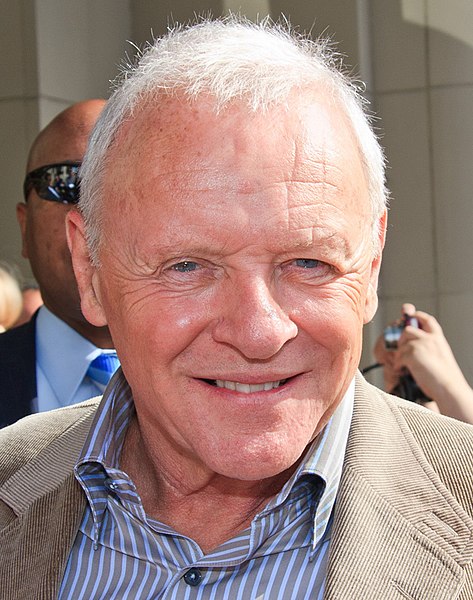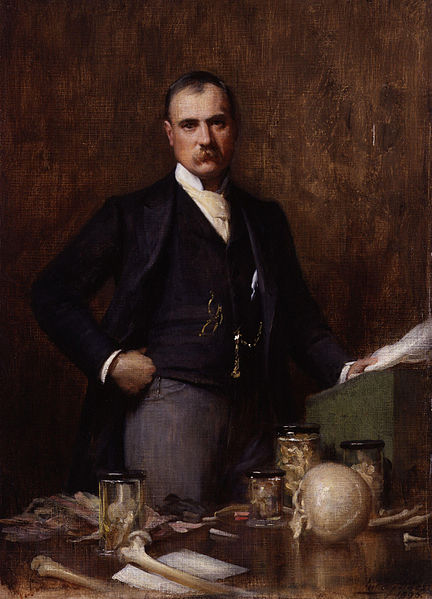Sir Philip Anthony Hopkins is a Welsh actor. One of Britain's most recognisable and prolific actors, he is known for his performances on the screen and stage. Hopkins has received numerous accolades, including two Academy Awards, four BAFTA Awards, two Primetime Emmy Awards, and a Laurence Olivier Award. He has also received the Cecil B. DeMille Award in 2005 and the BAFTA Fellowship for lifetime achievement in 2008. He was knighted by Queen Elizabeth II for his services to drama in 1993.
Hopkins at the 2010 Toronto International Film Festival
Hopkins studied at the Royal Academy of Dramatic Art (RADA) in London from 1961 to 1963. In 2005 a new portrait of him featured in their centenary celebrations.
Richard Attenborough directed Hopkins in five films, and in the 1970s described him as "unquestionably the greatest actor of his generation".
Hopkins portrayed Sir Frederick Treves in The Elephant Man (1980).
British Academy Film Awards
The British Academy Film Awards, more commonly known as the BAFTA Awards, is an annual award show hosted by the British Academy of Film and Television Arts (BAFTA) to honour the best British and international contributions to film. The ceremonies were initially held at the flagship Odeon Cinema in Leicester Square in London, before being held at the Royal Opera House from 2007 to 2016. From 2017 to 2022, the ceremony was held at the Royal Albert Hall in London before moving to the Royal Festival Hall for the 2023 ceremony. The statue awarded to recipients depicts a theatrical mask.
BAFTA mask and the logo of the BBC (broadcaster of the awards since 1956)
Sir Daniel Day-Lewis at the 2008 BAFTA Awards. He has received four BAFTA Awards for Best Actor, the second most for an actor.






